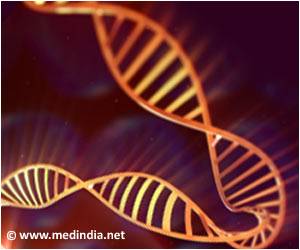
In a recent study, the research team attempted to apply beneficial bacteria found on the skin of various Bd-resistant wild Panamanian frog species to Panamanian golden frogs in captivity, to see if this would stimulate a defense against the disease.
They found that while the treatment with beneficial bacteria was not successful due to its inability to stick to the skin, there were some frogs that survived exposure to the fungus. These survivors actually had unique bacterial communities on their skin before the experiments started.
The results were published in the Proceedings of the Royal Society. The next step is to explore these new bacterial communities.
“We were disappointed that the treatment didn’t work, but glad to have discovered new information about the relationship between these symbiotic microbial communities and amphibian disease resistance,” said Lisa Belden, an associate professor of biological sciences in the College of Science, a Fralin Life Science Institute affiliate, and a faculty member with the new Global Change Center at Virginia Tech. “Every bit of information gets us closer to getting these frogs back into nature.”
Studying the microbial communities of Panamanian golden frogs was the dissertation focus of Belden’s former graduate student Matthew Becker, who graduated with a Ph.D. in biological sciences from Virginia Tech in 2014 and is now a fellow at the Smithsonian Conservation Biology Institute.
Advertisement
Source-Medindia















